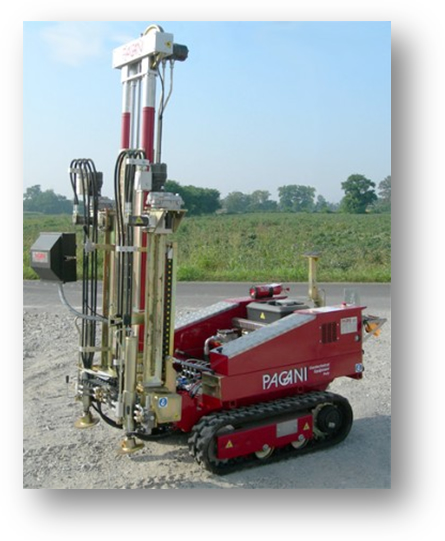ONENGINEER
Geotechnical
To find out the shear strength parameters of a fill (pit run) materials consisting of gravel and cobbles, what sort of laboratory tesing are recommended. Thank you.
Follow along with the video below to see how to install our site as a web app on your home screen.
Note: This feature may not be available in some browsers.

![[yawn] [yawn] [yawn]](/data/assets/smilies/yawn.gif)
Hi dgillette, that's called an 'hotlink' in the internet jargon, since you link up a picture on another website. Once a frowned-upon practice, now it's accepted because of the wide band. A curiosity: last time I posted an hotlink which was rejected happened with a Chinese website.dgillette said:McCoy - How did you put that picture in?
dgillette said:For penetration testing in gravel, the Chinese (mainland) have a large diameter dynamic cone that's getting some attention in the US (notably from Les Youd and Kyle Rollins at Brigham Young U). It can be built at a tiny fraction of the cost of a Becker (BPT) rig, in any machine shop in any country. It's very simple, just a 120 kg donut hammer and a 75 mm conical tip that is larger in diameter than the rods, so the rod friction that complicates BPT analysis pretty much goes away. In China, they are using it for liquefaction potential in gravelly material. Very low tech, but has a lot of promise. Even if it doesn't ever replace the BPT in the US and Canada, it could be a real good tool for the rest of the world, and maybe here also, especially for small jobs.
dgillette said:The OP has probably gotten way more advice from us than he actually needed or wanted, on a fairly straight-forward issue. yawn
BigH said:@Mccoy - Nice response but, "Why not?" Cost, I would presume.
